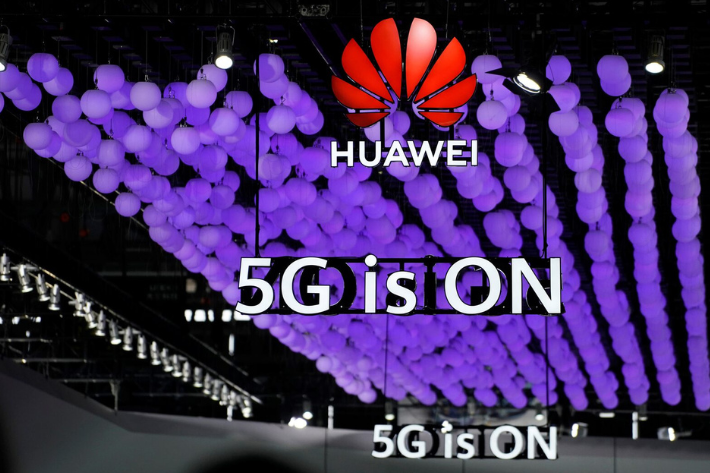The US has scrapped licences that permitted chipmakers such as Intel and Qualcomm to sell chips to Huawei Technologies, the Shenzhen-based Chinese tech giant, sources say.
The chips were used for laptops and handsets that Huawei produced despite the fact the telecoms equipment maker was hit with US sanctions five years ago.
Some of the companies were notified on Tuesday that their licences had been immediately revoked, one source said. The US Commerce Department confirmed earlier in the day that it had revoked some licences but stopped short of naming the companies.
ALSO SEE: Apple Working With TSMC to Make its Own AI Chips: WSJ
A spokesperson for Intel declined to comment, while Qualcomm and Huawei did not immediately respond to requests for comment.
The move comes after the release last month of Huawei’s first AI-enabled laptop, the MateBook X Pro powered by Intel’s new Core Ultra 9 processor.
Republican hawks seen spurring tougher action
The laptop launch drew fire from Republican lawmakers, who said it suggested to them that the Commerce Department had given the green light to Intel to sell the chip to Huawei.
“We have revoked certain licences for exports to Huawei,” the Commerce Department said in a statement, declining to specify which ones it had withdrawn.
The Commerce Department’s move comes after concerted pressure by Republican China hawks in Congress who have been urging the Biden administration to take tougher action to thwart Huawei.
“This action will bolster US national security, protect American ingenuity, and diminish Communist China’s ability to advance its technology,” Republican Congresswoman Elise Stefanik said in a statement.
The move could hurt Huawei, which still relies on Intel chips to power its laptops, and could hurt US suppliers that do business with the company.
Intel has also been facing weak demand for its traditional data centre and PC chips. Last month, it lost $11 billion in stock market value after forecasting second-quarter revenue and profit below market estimates.
Huawei was placed on a US trade restriction list in 2019 amid fears it could spy on Americans, part of a broader effort to handicap China’s ability to bolster its military. Being added to the list means the company’s suppliers have to seek a special, difficult-to-obtain licence before shipping.
Even so, suppliers to Huawei have received licences worth billions of dollars to sell Huawei goods and technology, including one particularly controversial authorization, issued by the Trump administration, which allowed Intel to ship central processors to Huawei for use in its laptops since 2020.
Qualcomm tech deal blamed for Huawei’s resurgence
Qualcomm has sold older 4G chips to handsets since receiving a licence from US officials in 2020. In a regulatory filing earlier this month, Qualcomm said it did not expect to receive more chip revenue from Huawei beyond this year.
However, Qualcomm still licenses its portfolio of 5G technologies to Huawei, which last year began using a 5G chip designed by its HiSilicon unit that most analysts believe is manufactured in violation of US sanctions.
Qualcomm said in the filing this month that its patent deal with Huawei expires early in Qualcomm’s fiscal 2025 and that it has started negotiations to renew the deal.
Critics argue such licences have contributed to the company’s resurgence.
Huawei shocked industry last August with a new phone powered by a sophisticated chip manufactured by Chinese chipmaker SMIC, despite US export restrictions on both companies.
The phone helped Huawei smartphone sales spike 64% year-on-year in the first six weeks of 2024, according to research firm Counterpoint.
Its smart car component business has also contributed to Huawei’s resurgence, with the company notching its fastest revenue growth in four years in 2023.
- Reuters with additional editing by Jim Pollard
ALSO SEE:
Huawei’s Comeback Continues as Quarterly Profit Leaps 564%
Huawei’s China-Made 7nm Chip ‘Years Behind US’, Raimondo Says
Huawei Takes Another Bite Out of Apple’s Market Share in China
























